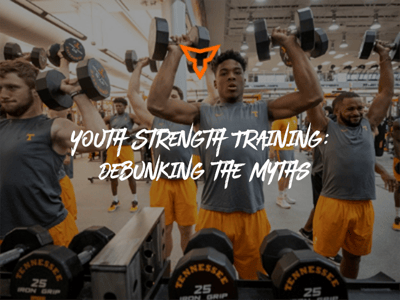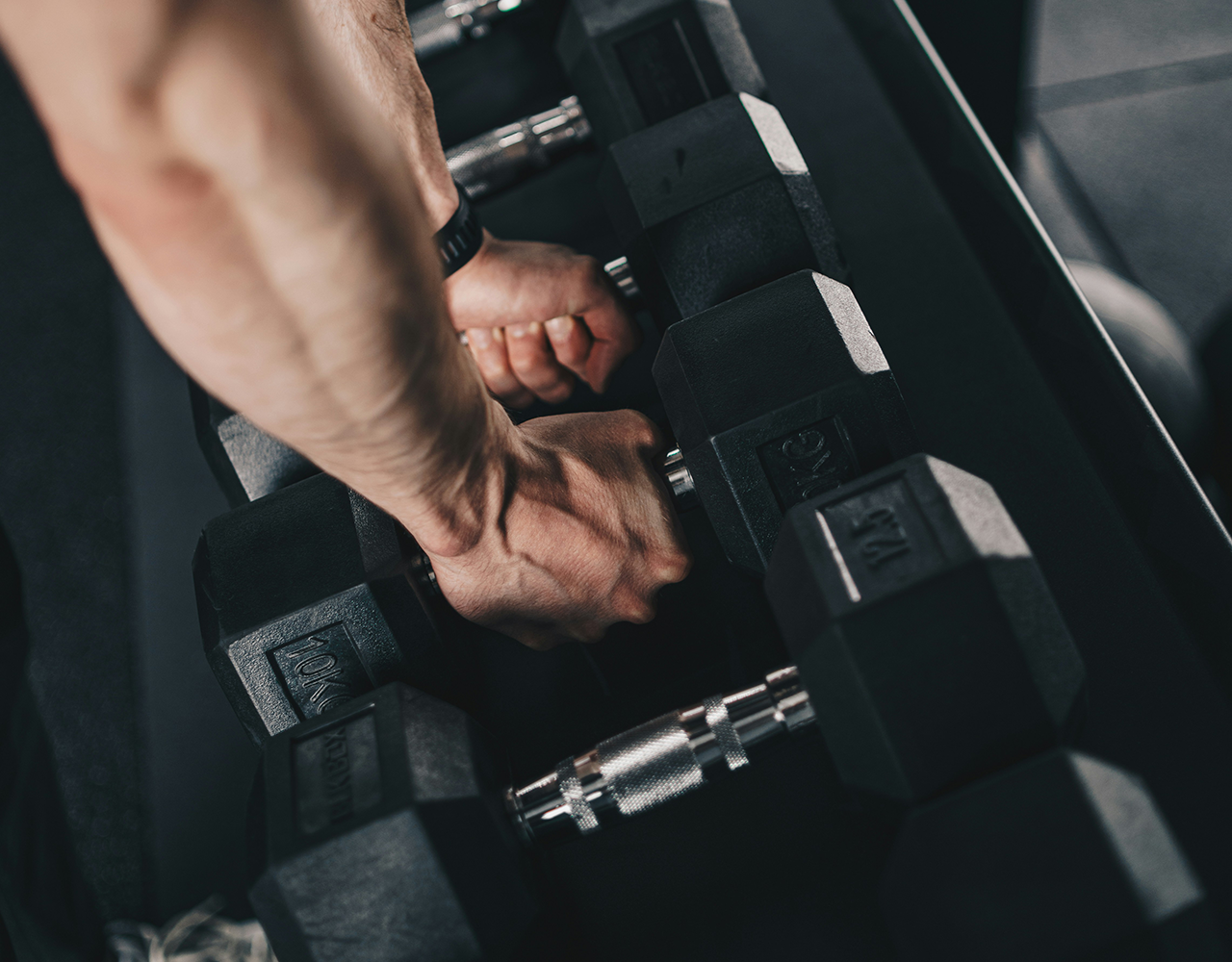3 Things That Will Win Over the Cross Country Coach in the Weight Room
A long-standing debate exists amongst Cross Country coaches over the functional use within the weight room. The pendulum swings far in both directions from not only which exercises are beneficial and to what degree all the way to the other side which questions functional use of the weight room at all. Each have his or her own ideas, concerns, or hesitations about the weight room and his/her athletes. The same questions exist amongst the athletes as well. Many endurance athletes that come into the weight room with little, if any, experience in the weight room and thus reservations about cross country weight training altogether. However, for athletes who are in high fatigue events, certain principles, when properly utilized, ought to be incorporated in each program.
This brings us to the first principle of sports specific training; to train as close to, if not exactly, as they compete. This is a hot button topic in strength and conditioning in the collegiate, high school and private sectors of training. Cross country Coaches and athletes are no different in the thinking “We’re endurance athletes, so shouldn’t we be training on the endurance side of the spectrum in the weight room?” My response to them is “You have already built the motor, why not make it better?” An abundance of research shows the importance and benefits of strength training for endurance athletes. Using movements that are going to strengthen their lower half is only going to help their pursuit of faster times. Unilateral and bilateral are both going to have their benefit in the development of endurance athletes of any age. This could change the type of movement to try and elicit new stress and try to get away from the overstressed area/tissues.
The second principle is one which a lot of coaches and athletes hold near and dear, as it can be a make or break factor: force production. As athletes are able to move their respective weights faster and handle heavier weights, they are able to produce more force. This allows them to produce more force per stride as they are training and competing throughout the year. If an athlete can produce more force per stride, more distance per stride with similar or less energy usage, make your athletes more efficient. What Cross Country Coach is not going to like that? Now, we are not talking about taking our distance crew and making them into the next power or Olympic lifting superstar. Rather, make the muscle tissue they already have stronger to improve their strength to body weight ratio. To do this you need to work on both sides of the coin, training with weights to develop the strength and more dynamic and quick movements like plyometrics and Olympic movements for the speed development!
Trying to achieve the above principle means another must be at the forefront; quality of movement. As stated previously, we do not need to be adding stress to an already over-stressed tissue/system. This is a sport where overuse injuries occur at high rates due to just the training for the sport. By ensuring athletes are quality movers will help ensure their training longevity on the trail, track, and in the weight room. This will also help create buy-in with athletes as they may have limited experience in the weight room and show the coaching staff you’re concerned about the team's longevity! Movement pattern development falls under the “hot button topic” category. This is also right at the top of the list for endurance athletes and coaches, as efficiency is of the utmost importance. If athletes are moving poorly under load that will transfer over and lead to more potential injuries throughout a competitive season.
The last principle, which goes right along with the previous, is that of injury resilience. As stated, cross country is a sport where overuse injuries occur at a high rate and are hard to get rehab from once they show their ugly heads. Cross country weight training with a program that fits the needs of the team and individual will help increase their resilience to injury. By making tissues, both muscles and tendons, stronger you are going give the athletes more opportunities to train and compete throughout the year.
In closing, these are just but a few things that can aid in getting one’s foot in the door with their cross country coach and their athletes. There will be a lot of back and forth, questions, and hopefully a lot of good discussion about the importance of getting endurance athletes in the weight room. With the similar goal of improved athletic performance and the wellbeing and longevity of the athletes in mind, two coaches can get a lot accomplished!
Subscribe to our blog
Subscribe to receive the latest blog posts to your inbox every week.
Related posts

A Guide to Sandbag Training for High School and College Athletes

Youth Strength Training: Debunking the Myths


